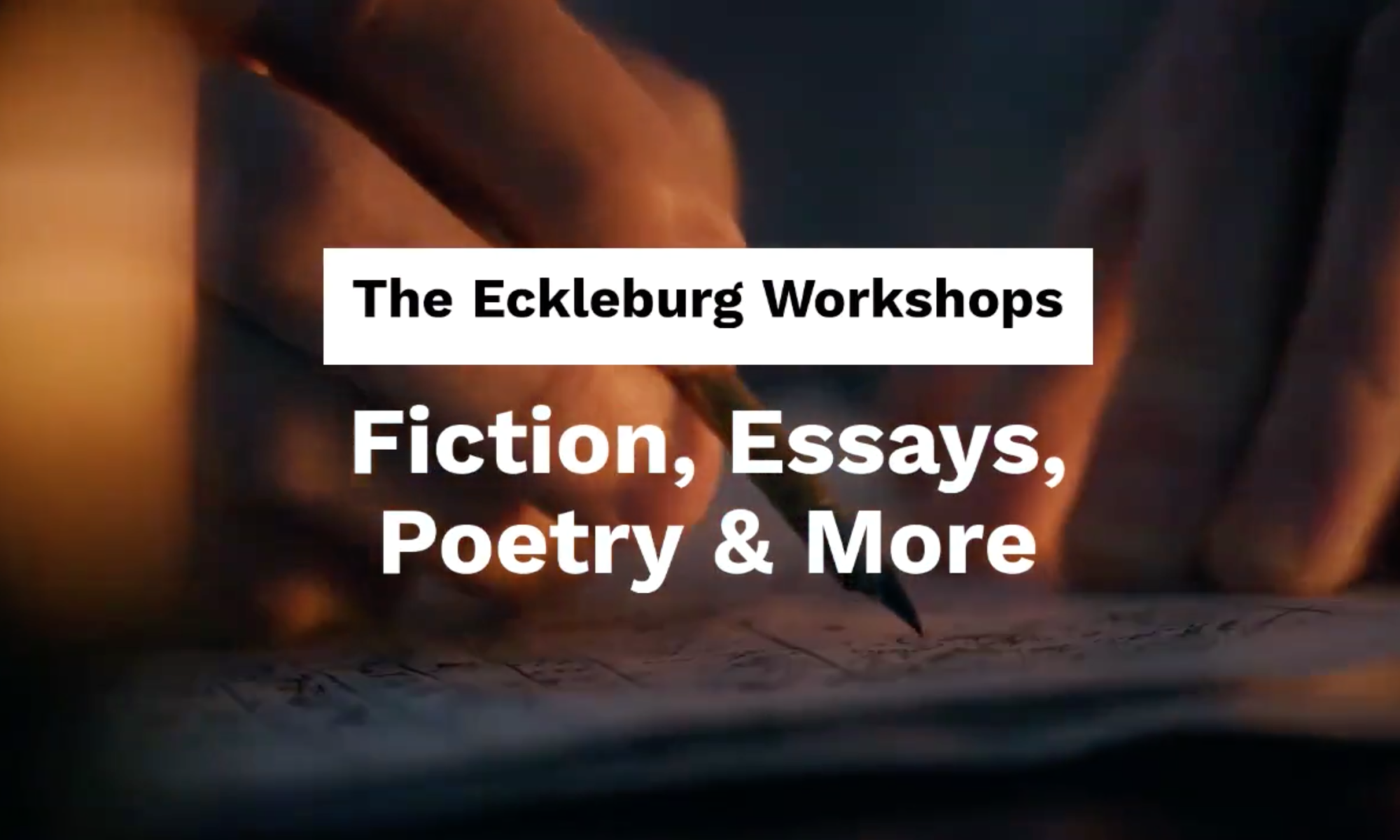By examining activity of the living human brain at rest via fMRI, NIMH intramural scientists have discovered a secret to how it enhances thinking ability. It turns out that left brain regions are biased to talk more to each other, while right brain regions talk more evenly with both hemispheres. These biases are most pronounced in brain regions associated with the specialized functions of the two hemispheres – e.g., language and motor control on the left and visual/spatial attention on the right. Such lateralization is associated with enhanced cognition, say Drs. Stephen Gotts, Hang Joon Jo, Alex Martin, and colleagues of the NIMH Cognitive Neuropsychology Section, Laboratory of Brain and Cognition . The more such lateral specialization subjects showed at rest, the better they performed on verbal and spatial tasks later.
Submit Your Work for Individualized Feedback
Please use Universal Manuscript Guidelines when submitting: .doc or .docx, double spacing, 10-12 pt font, Times New Roman, 1 inch margins, first page header with contact information, section breaks “***” or “#.”
Sources
The Age of Insight: The Quest to Understand the Unconscious in Art, Mind, and Brain, from Vienna 1900 to the Present. Eric Kandel.
A Handbook to Literature
“Cogito et Histoire de la Folie.” Jacques Derrida.
Cognitive Neuropsychology Section, Laboratory of Brain and Cognition.
Eats Shoots and Leaves: The Zero Tolerance Approach to Punctuation
The Elements of Style.
New Oxford American Dictionary
The Norton Anthology of World Literature
The Norton Introduction to Philosophy
Woe is I: The Grammarphobe’s Guide to Better English in Plain English
Writing Fiction: A Guide to Narrative Craft
Writing the Other

